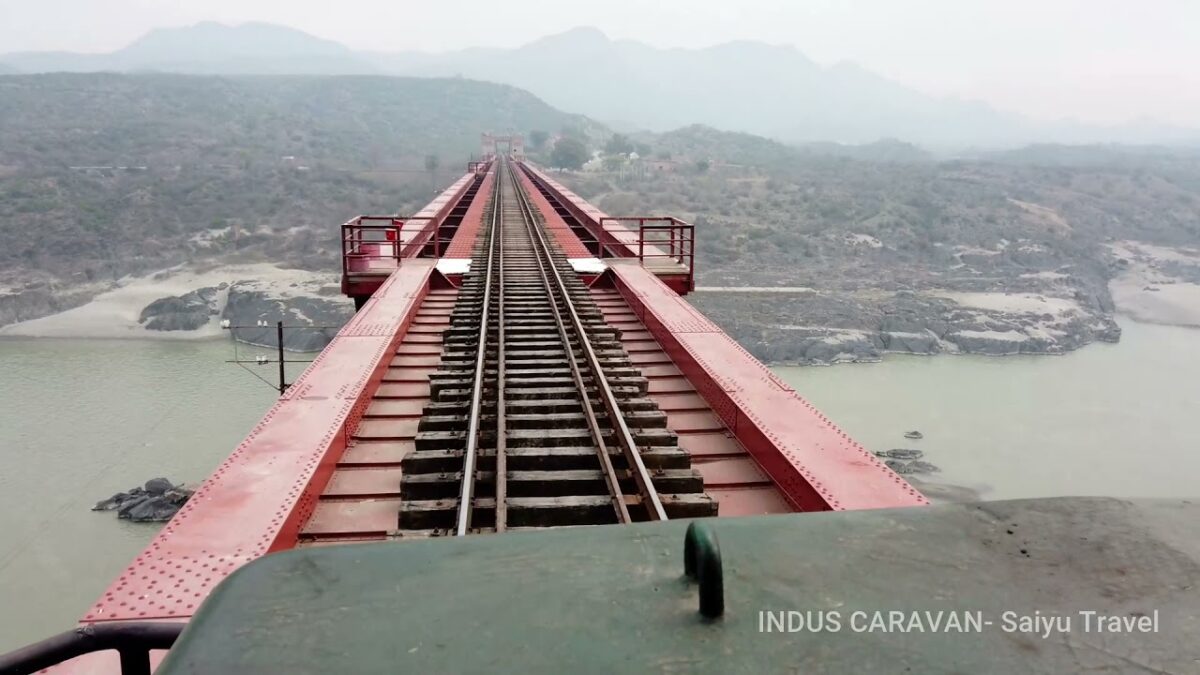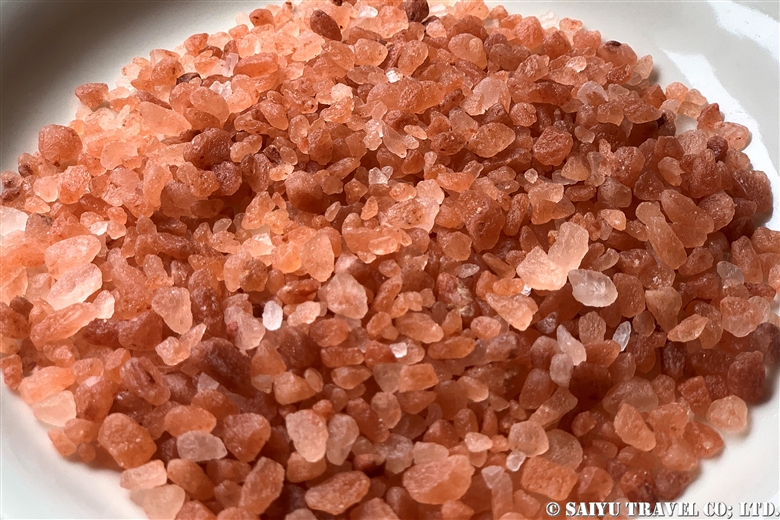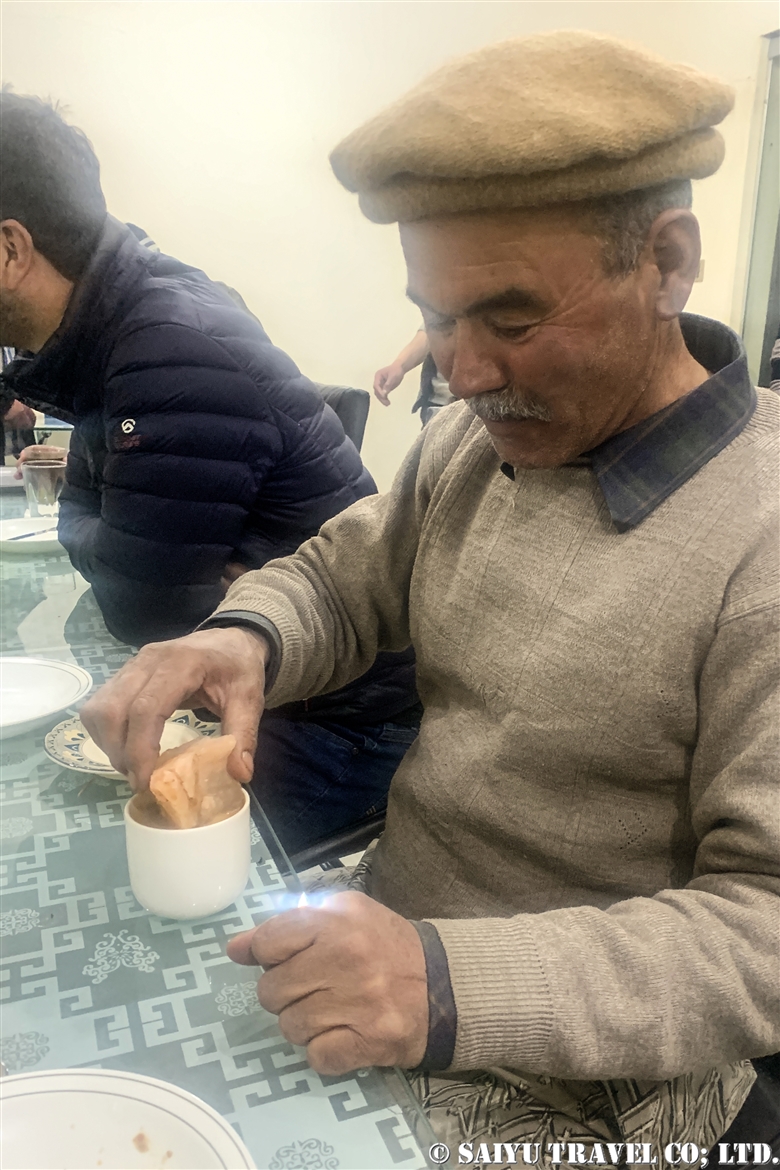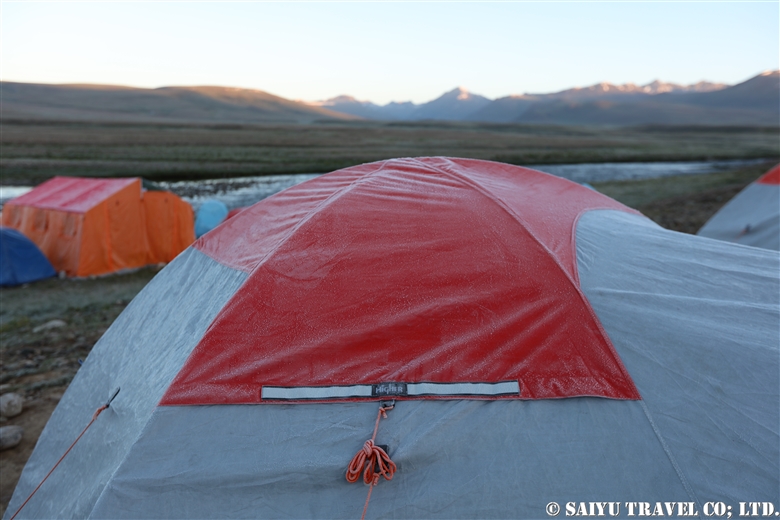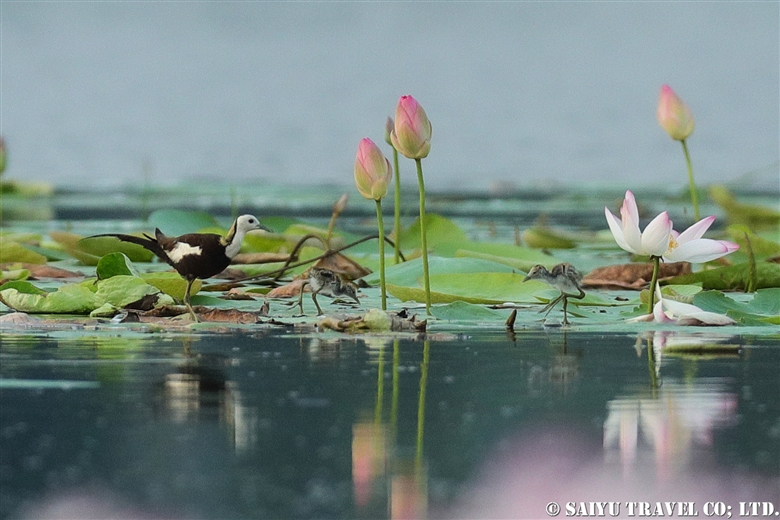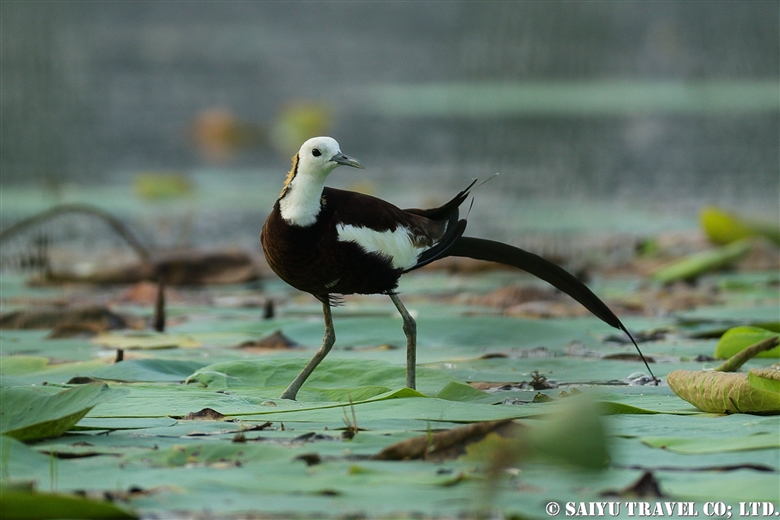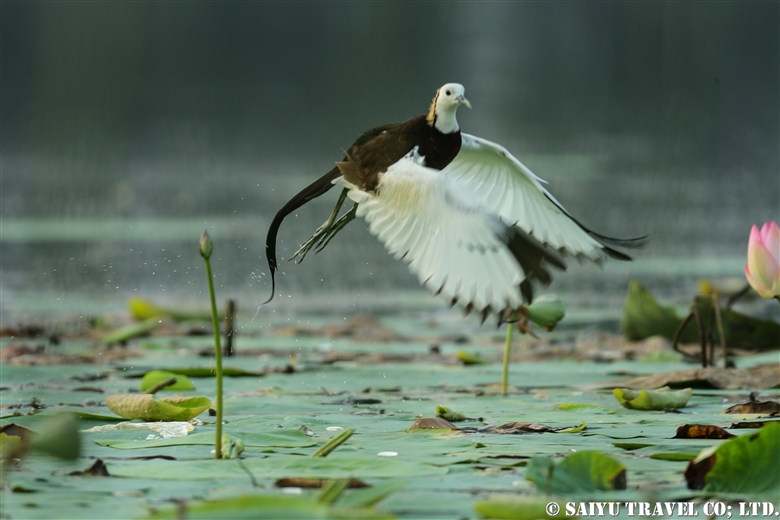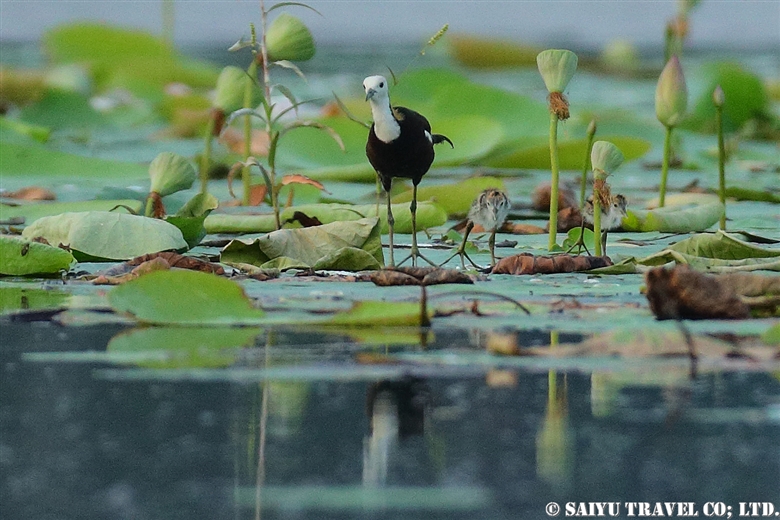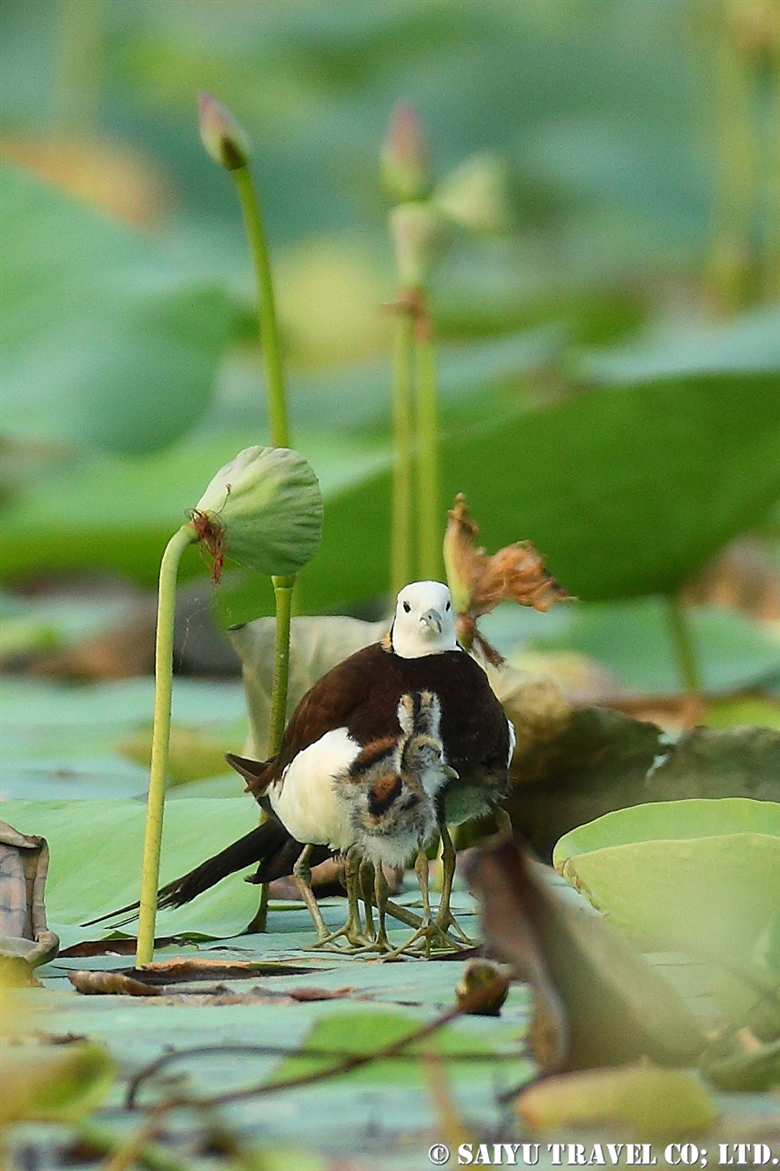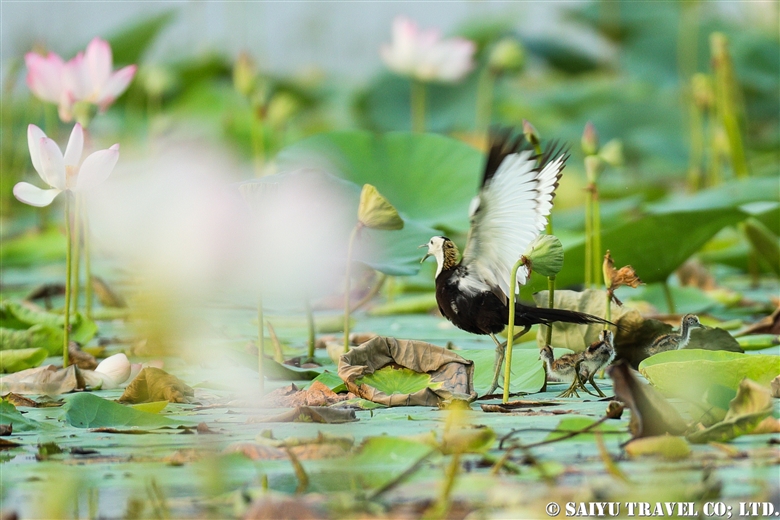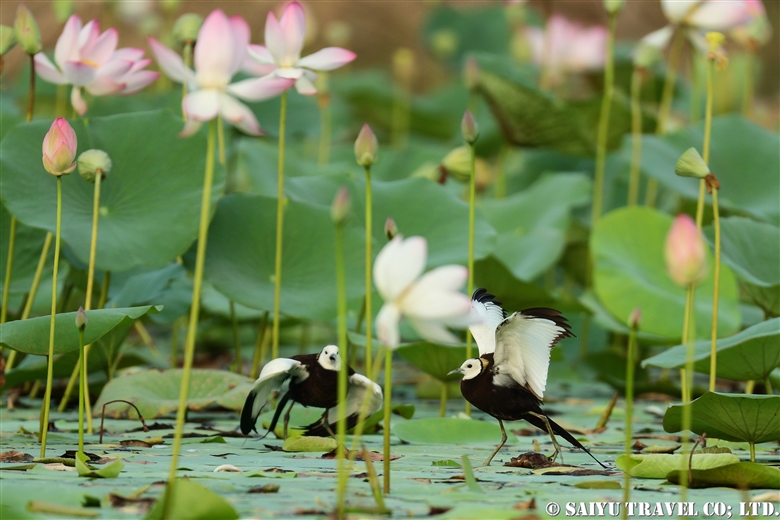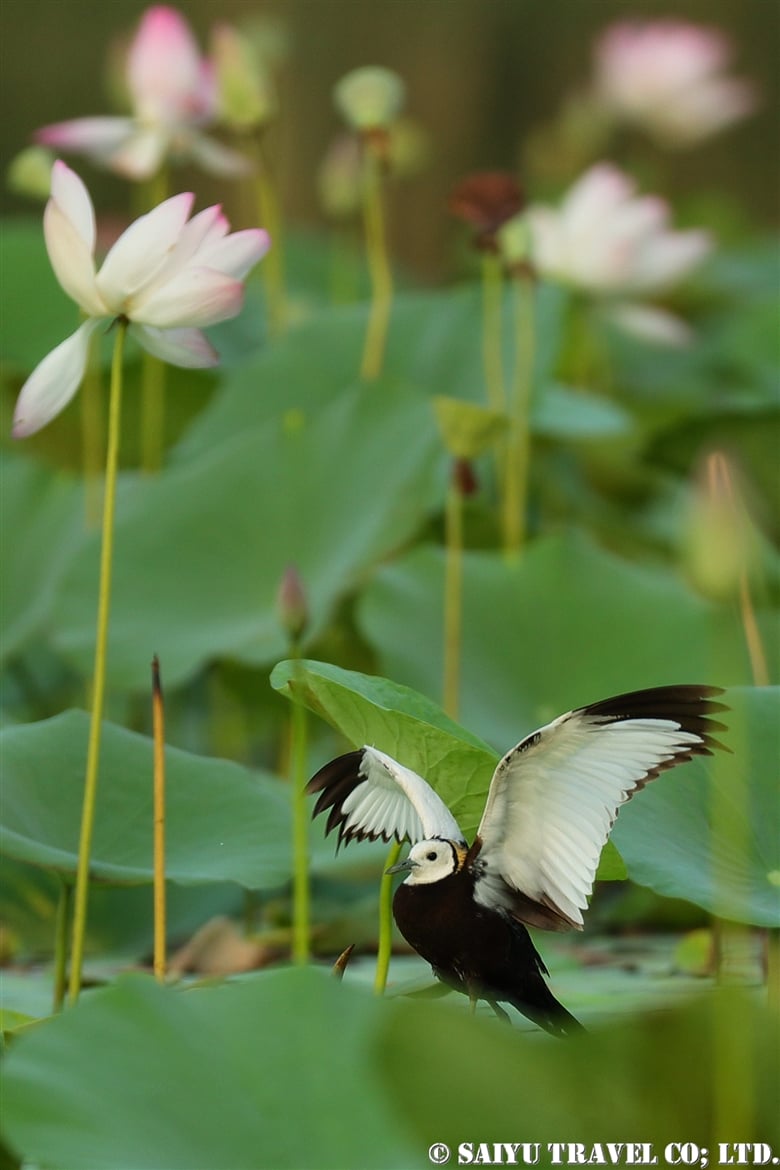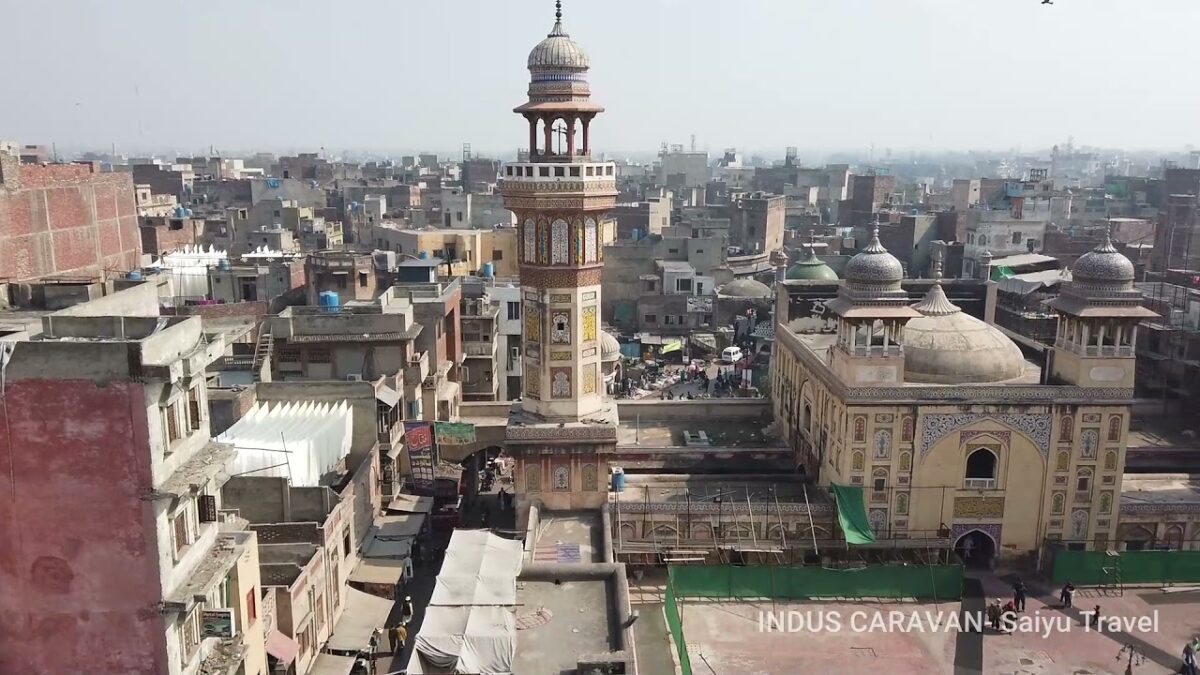This is an aerial video of our tour members on the Mud Volcanoes while visiting Balochistan. Mud volcanoes are ever-changing in their appearance, sometimes being active and other times being inactive. I wonder, what side they will show us next season? Looking forward to finding out!
MUD VOLCANO BALOCHISTAN
Videography: Mariko SAWADA
Visit : Feb 2020, Kund Malir, Balochistan, Pakistan
Tag : Balochistan , Balochistan movie clip , Hingol National Park , Balochistan Tour , Mud Volcano , Pakistan Blog , Drone footage Pakistan , Pakistan Travel Blog , Pakistan Travel company , Travel to Balochistan , Pakistan tour operator , Indus Caravan , Pakistan Photography Tour , Saiyu Travel Pakistan , Pakistan Dronography







